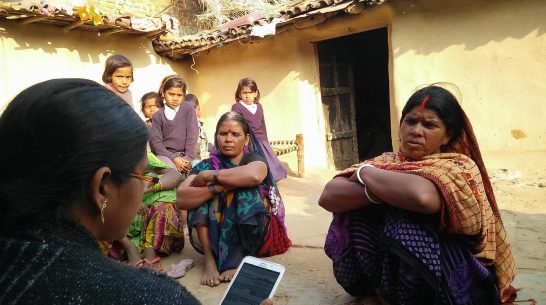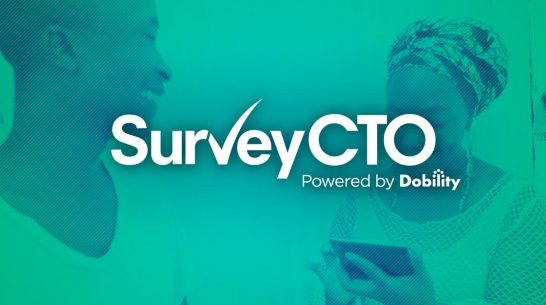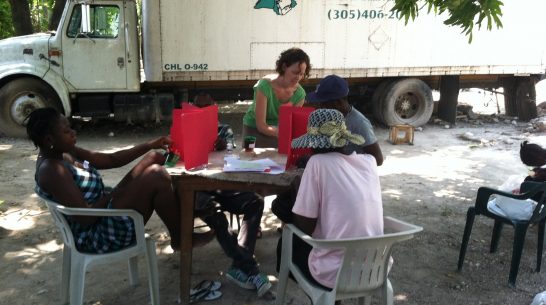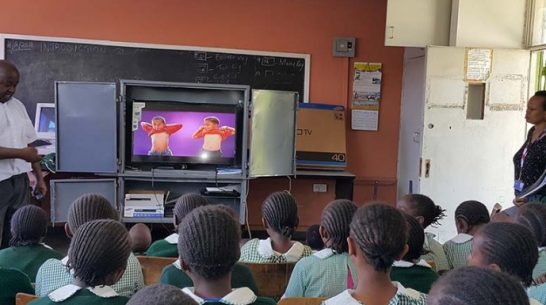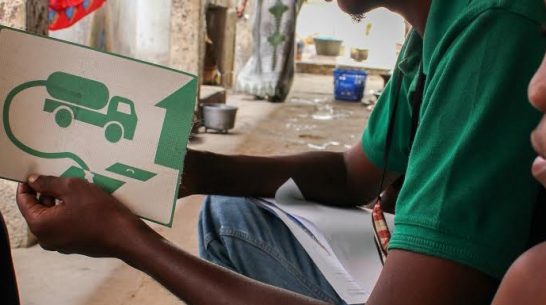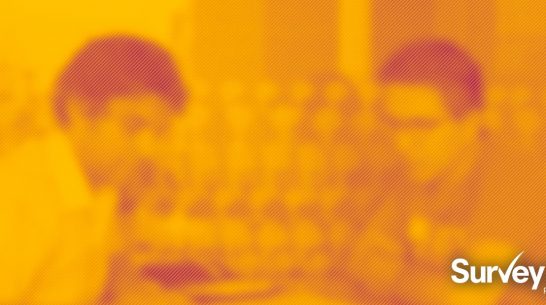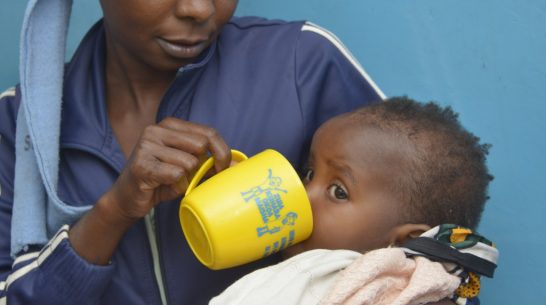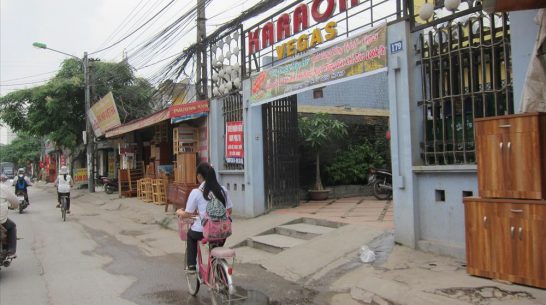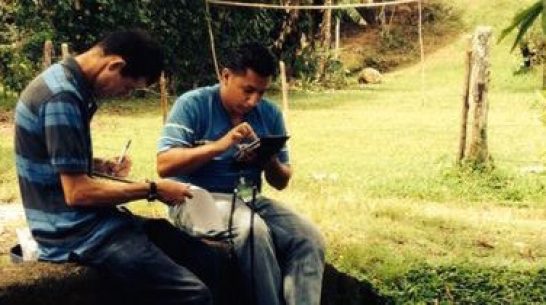Social impact through data with Outline India
Nishmeet Singh is a Senior Research Analyst with Outline India, a research firm focused on impact at the grassroots level through data-driven decision-making. With two degrees in economics and experience working on projects with Save the Children, Girl Rising, Water Aid, and IMPAQ International, we were eager to learn more about his role at Outline India, his advice for other researchers, and his recent research on forced child labor in the mica mining areas of Jharkhand.

